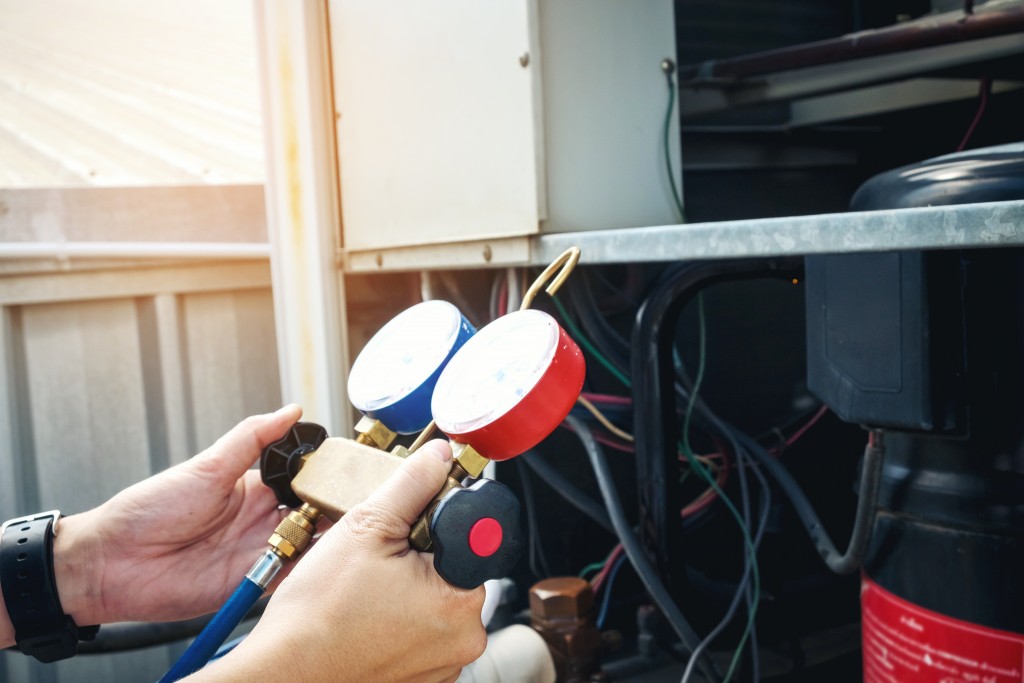As they say, different strokes for different folks. The same thing applies to heaters.
Industrial heating systems come in a variety of forms, sizes, and functions. Knowing what they are, the options available, and the best way to use them can save business owners some money.
1. Drum Heaters
Also known as barrel, band, or container heaters, drum heaters are heating systems for fluids and gels. In some industries, manufacturers might need to transfer them to other containers like bottles. They also need to maintain a specific temperature to avoid degradation.
Drum heaters deliver the right amount of heat to prevent these fluids and even gels from becoming too viscous, thick, or freezing. Some examples are paraffin, food dyes, and varnishes.
A typical drum heater uses a clam-shell design, which acts as the barrel’s cover. Underneath the drum can be castor wheels, so it’s easy to move around.
Some options, though, use silicone. This material is heat resistant because of its low thermal conductivity. It can also tolerate extremely high temperatures, so it maintains the heat of the drum without changing its molecular properties or structure.
2. Radiant Heaters
Heat transfers from one object to another in different ways:
- Conduction
- Convection
- Radiation
Conduction means “moving heat” from one object to another through physical contact. A basic example is when one places a pan over a stove or when a person burns their hand when touching a hot mug.
Convection heating means replacing cooler molecules with hotter ones by moving heat in either gas or water. As the heat within the space increases, the molecules of the warmer object expand and become less dense. Meanwhile, the cooler molecules sink, giving more space for hotter molecules to penetrate.
The third kind is radiation heating, which posits that all objects generate heat, except that it’s in proportion to one’s temperature. The infrared heat waves pass through parts that will eventually heat an object.
There are different ways to use radiant heating. In homes, for example, this heater warms floors. In industrial applications, it can deliver more centralized heating than the others. It then promotes better energy efficiency and even savings.
3. Cartridge Heaters
Cartridge heaters are thin, flexible tubes that one can insert to drilled holes. Their primary function is to create molds for a wide variety of equipment or supplies, such as medical devices.
To use it, these heaters might need to be exposed to a heating medium. It will prevent heat from dissipating faster once the tube is inside the hole. However, it demands the right temperature to avoid damaging the material being heated to and the heater.
4. Roof and Gutter Heater Cable

This is the industrial heating system that helps prevent the formation of ice dams or significant temperature drop in roofs and gutters of commercial and industrial buildings.
Ice dams are those that form at the edge of the snow and prevent melted ones from flowing freely to the gutter. While they look pretty, they can create a lot of problems later. For example, they can increase moisture levels. High moisture can change the humidity of the space and raise the odds of mold and mildew. They can also damage roofs and gutters, especially once the snow melts.
Heaters are an essential part of running any industry, but knowing how they differ will help business owners find the right one for their needs.




